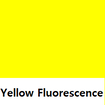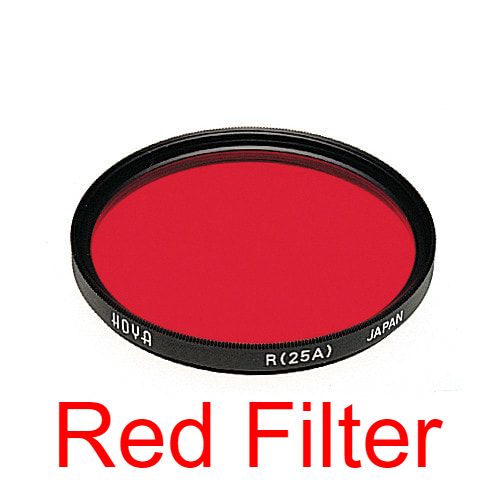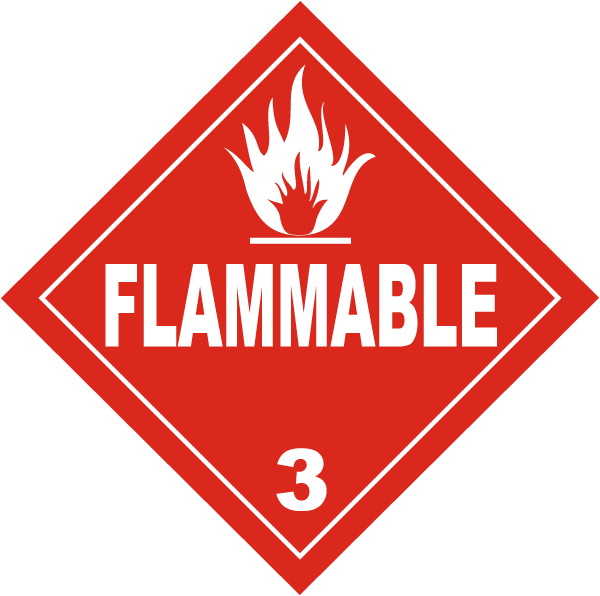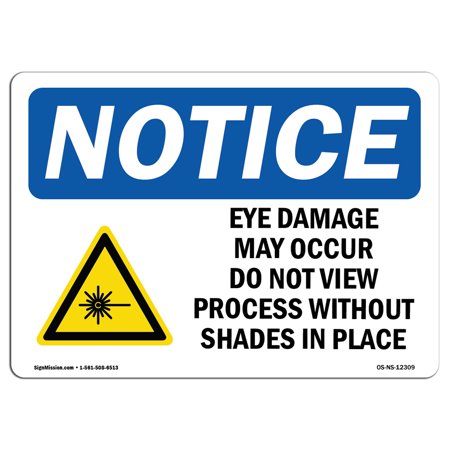|
Formula
Procedure of Application
Development Complete When
Source of Error
Incompatibilities
Precautions
Storage Container
Safety
Recommendations
Similar Reagent
Sequential Reagent
Formula
Stock Solution A: 1 g Thenoyltrifluoroacetone dissolved in 200 ml of Methyl ethyl ketone. Stock Solution B: 0.5 g Europium chloride hexahydrate dissolved in 800 ml of distilled water. Thenoyl Europium Chelate Working Solution: (Combine in the order listed.) Combine: Stock solution A & B. Mix: 100 ml Combined stock solutions 180 ml Methyl ethyl ketone 720 ml distilled water. Procedure of Application
Development Complete When
The cyanoacrylate has absorbed the dye stain. Source of Error
Surfaces that absorb too much dye stain will fluoresce too brilliantly to be effective for photography. Incompatibilities
Items that inherently fluoresce in the ultra-violet region will interfere with the dye stain fluorescence. Precautions
Secure the storage bottles tightly to prevent solution loss due to evaporation. Avoid excess build-up of cyanoacrylate, since this may result in ridge detail depicting little contrast to the strongly fluorescent surface. Storage Container
Tightly-stoppered dark glass or plastic bottles. Safety
Use ultra-violet light eyewear protection. Fume hood use is required when preparing and applying this reagent. Recommendations
The recommended procedure of application is to immerse the item in a tray of the dye. If applying via squirt bottle, keep applying the reagent until maximum contrast is viewed under Ultra-violet light. Similar Reagent
Sequential Reagent
Vertical Divider
|
Chemical Name
Thenoyl Europium Chelate Surface Used On Non-Porous Surfaces Sensitive To Cyanoacrylate Deposit Abridged Reagent Sequence
Vertical Divider
|
Ridge Detail Visualized by:
Ultra-Violet Light induced Reagent Applicabilities: Non-Porous Surfaces Fluorescent Technique Post Cyanoacrylate Other Chemical Name(s): Europic chloride Working Solution Shelf-life: Three (3) months |
Process Summary:
A fluorescent dye-stain used to enhance cyanoacrylate-developed latent prints. A fluorescent light source that will output light in the long-wave ultra-violet region (around 350 nm) is required for this process. T.E.C. reportedly produces a brighter fluorescence of ridge detail with less interfeering background luminescence than other dye stains such as Rhodamine 6G and Ardrox.
A fluorescent dye-stain used to enhance cyanoacrylate-developed latent prints. A fluorescent light source that will output light in the long-wave ultra-violet region (around 350 nm) is required for this process. T.E.C. reportedly produces a brighter fluorescence of ridge detail with less interfeering background luminescence than other dye stains such as Rhodamine 6G and Ardrox.
Accepted Deviations:
Immerse or use a squirt bottle to apply the reagent solution to the cyanoacrylate-fumed item. A rinse of 800 ml methanol and 200 ml distilled water can be used to remove excess dye-stain from the item.
Immerse or use a squirt bottle to apply the reagent solution to the cyanoacrylate-fumed item. A rinse of 800 ml methanol and 200 ml distilled water can be used to remove excess dye-stain from the item.
Supporting Reference Materials:
- Minutiae Magazine, Summer Special 1994, Issue No. 24, pg.7.
- "Chemical Formulas and Processing Guide for Developing Latent Prints", U.S. Dept. of Justice, pg. 47-48, 1994.
- Wilkinson, D., and Misner, A., "A Comparison of Thenoyl Europium Chleate with Ardrox and Rhodamine 6G for the Fluorescent Detection of Cyanoacrylate Prints", Jor. Forensic Identification, Vol. 44, No. 4, July/Aug 1994, pp. 387-406.






